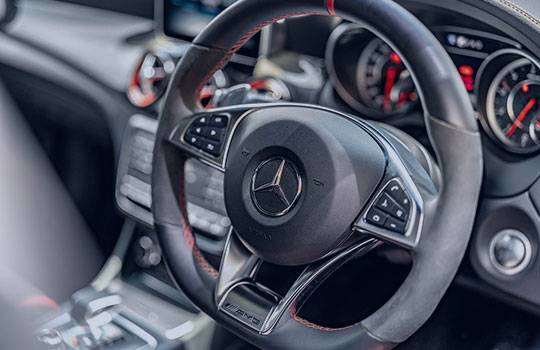
Minibus Safety
Minibuses provide a vital service for many people and organisations. However, driving a minibus is significantly different from driving a car. A minibus is larger, longer, wider and heavier than a car, and its steering, cornering and braking characteristics are markedly different. Another important difference is the number of passengers being carried, some of whom may have additional needs, may be taken ill on the journey, and who may need supervising. The basis on which you can drive is different from a car.
This guidance is to assist anyone, including charities and voluntary organisations, who operate a minibus service to carry passengers. It is an employers duty of care, under Health and Safety legislation, to ensure as far as reasonably practicable the health and safety of their employees and others who may be affected by their work duties. This includes the activity of driving on the public roads.
Operators must comply with all relevant legal requirements, the advice in the Highway Code, and take all other reasonable measures to protect the driver, the passengers and other road users from collision and injury risk.
Essentially, this means that the minibus operator should conduct suitable risk assessments and ensure that journeys are safe, drivers are fit and competent, and the minibus is fit-for-purpose and in a safe condition.
The term 'must' implies a legal duty, 'should' is good practice and 'consider' is to be aware. The use of the terms must, should, good and best practice are the opinions of the authors only. The information herein should not be regarded as a definitive interpretation of the law.






